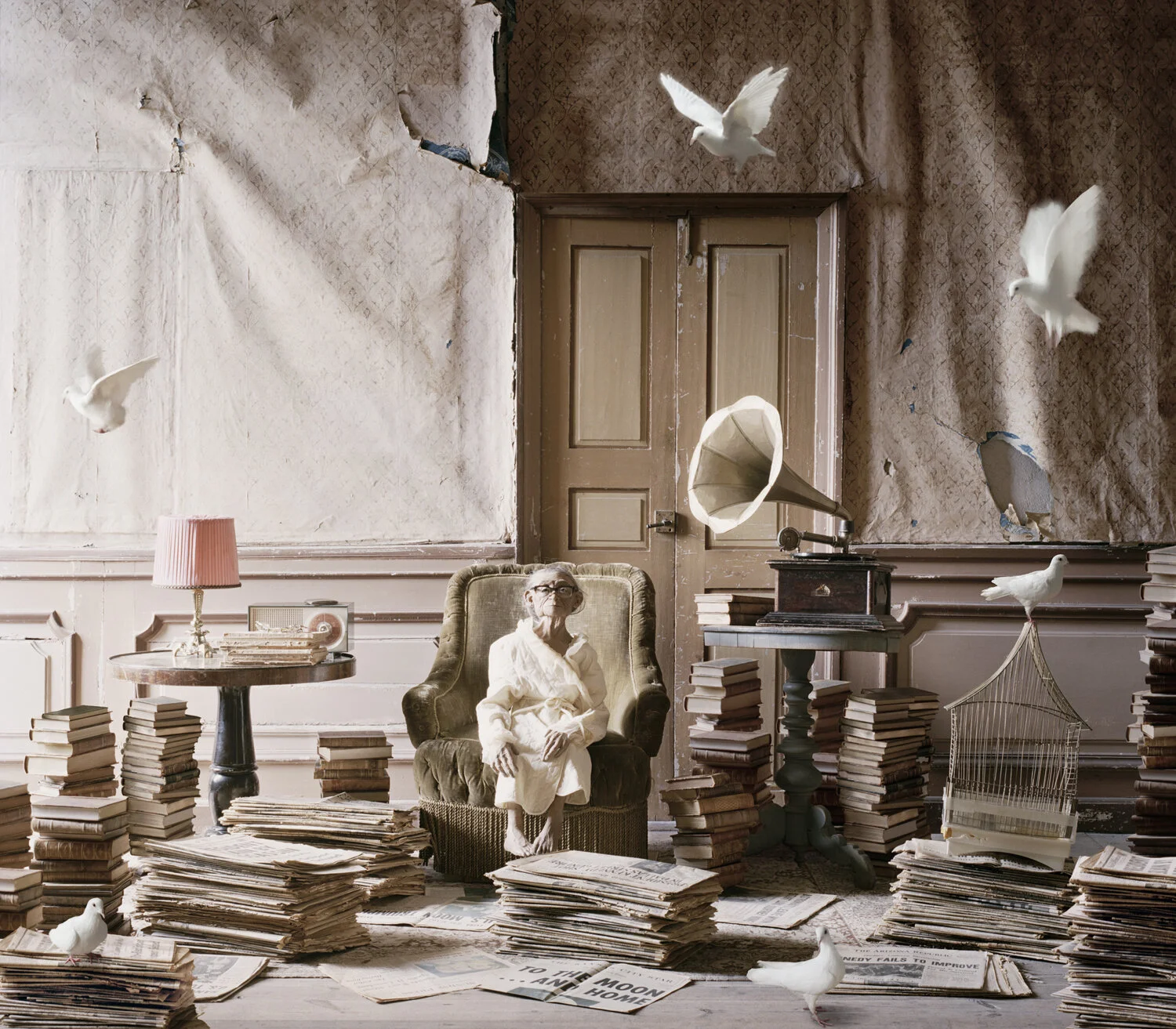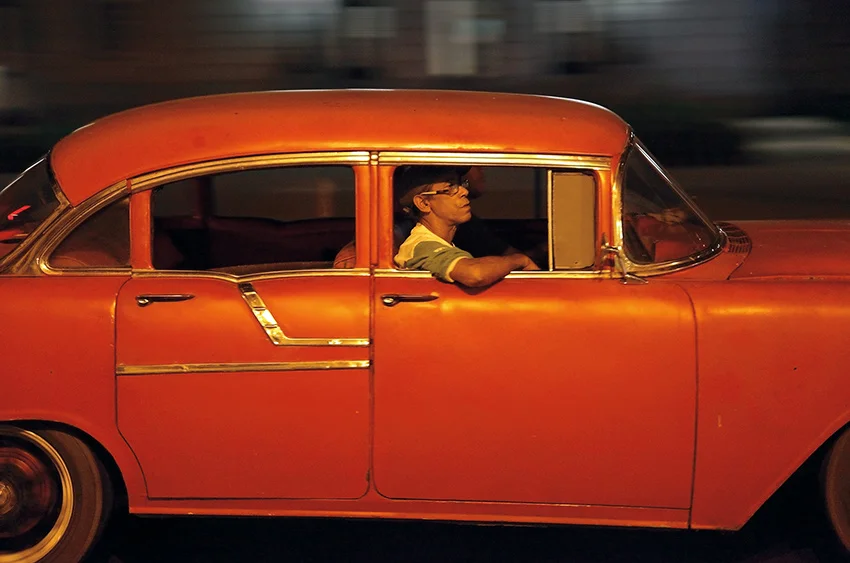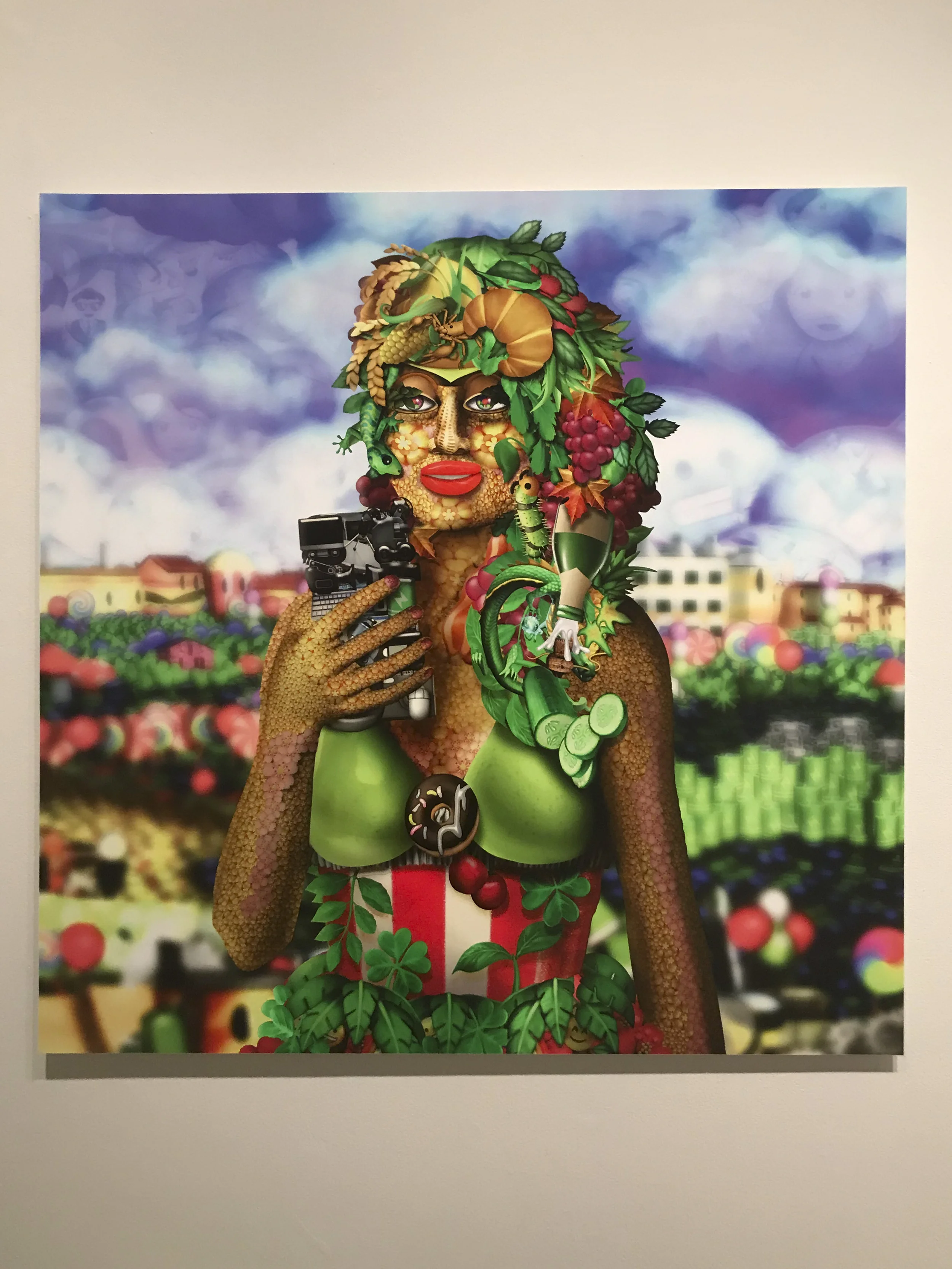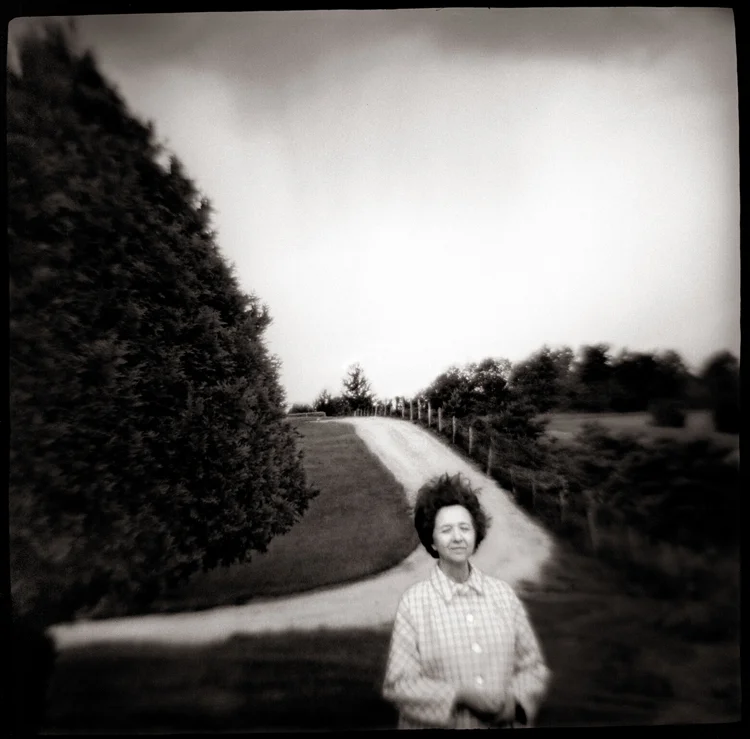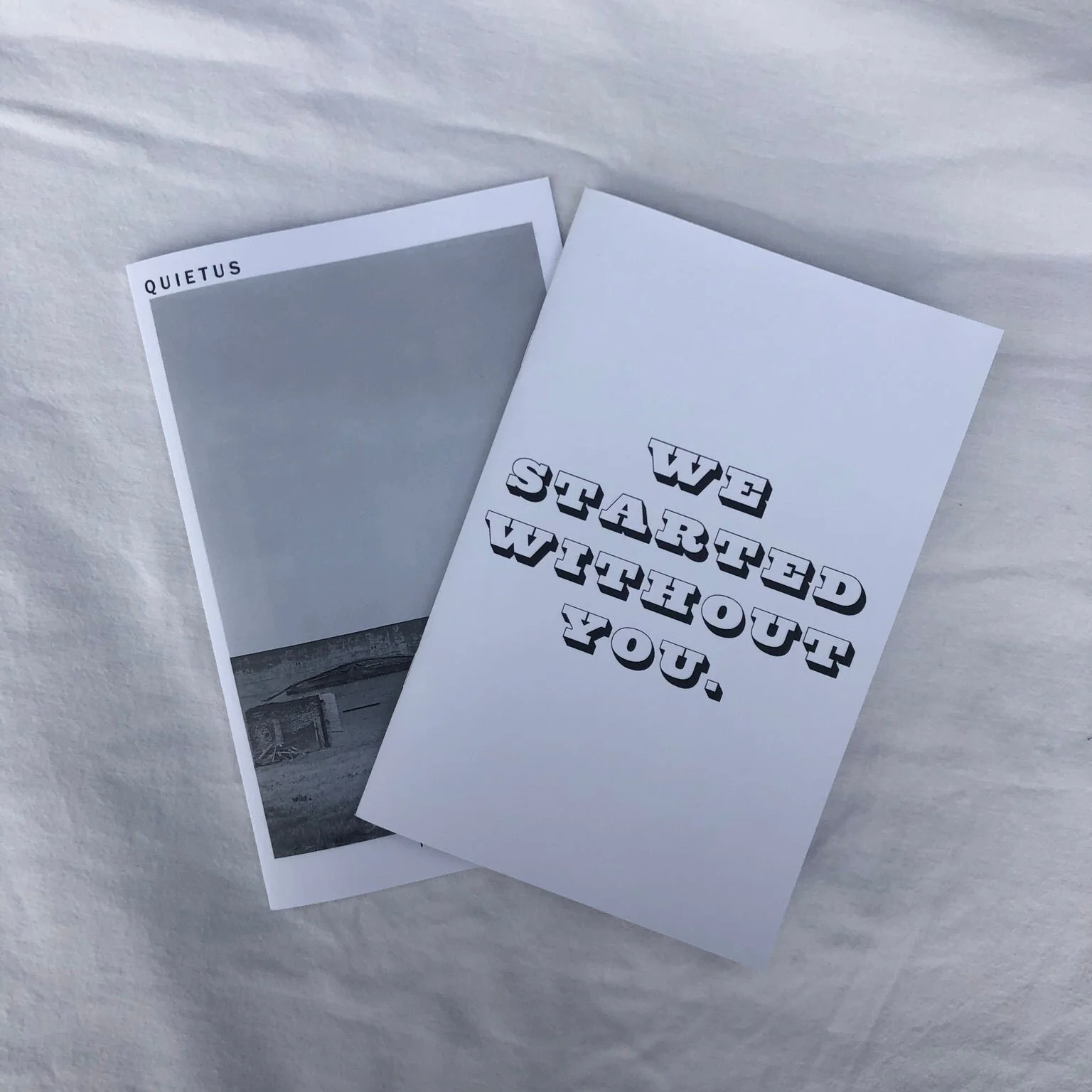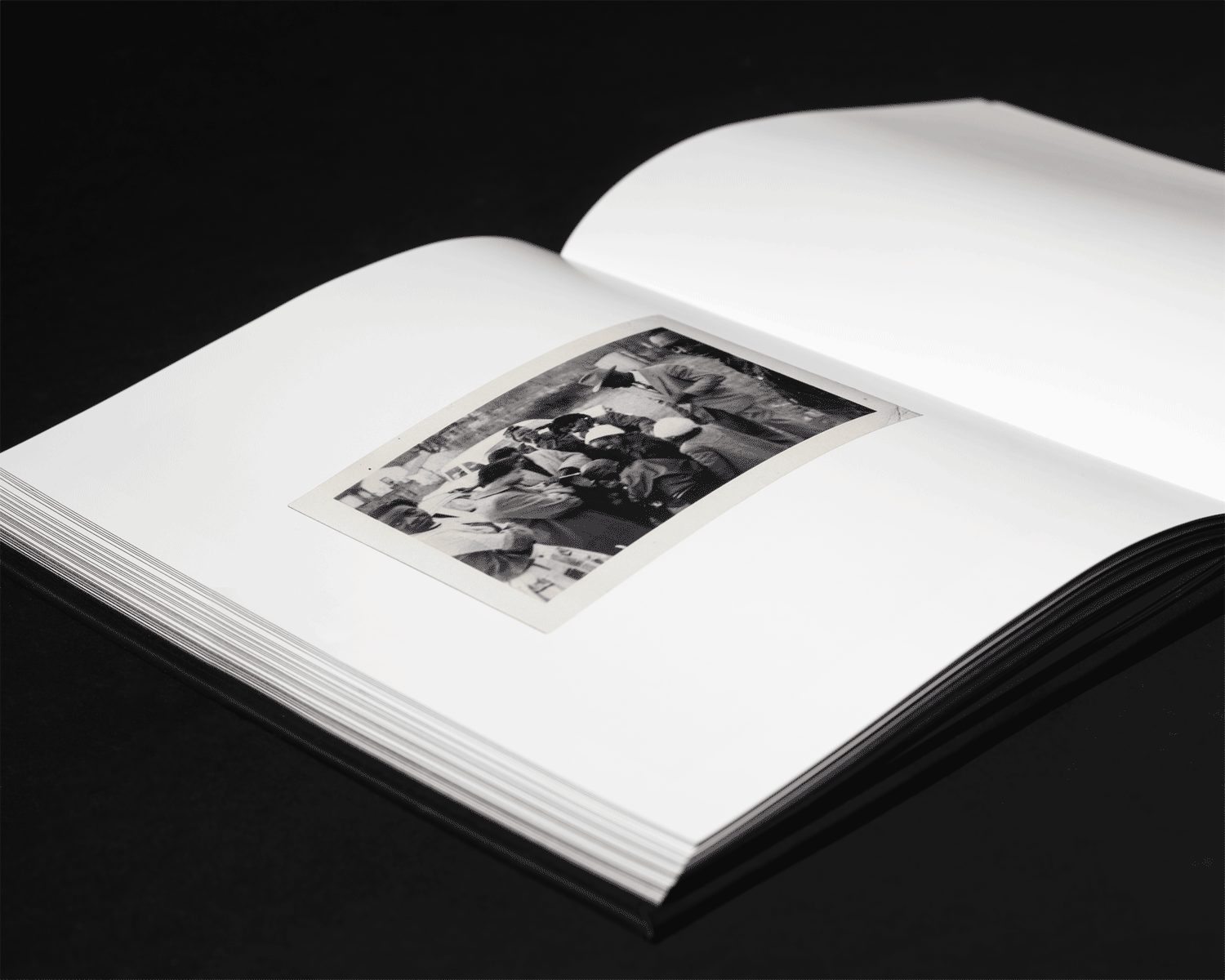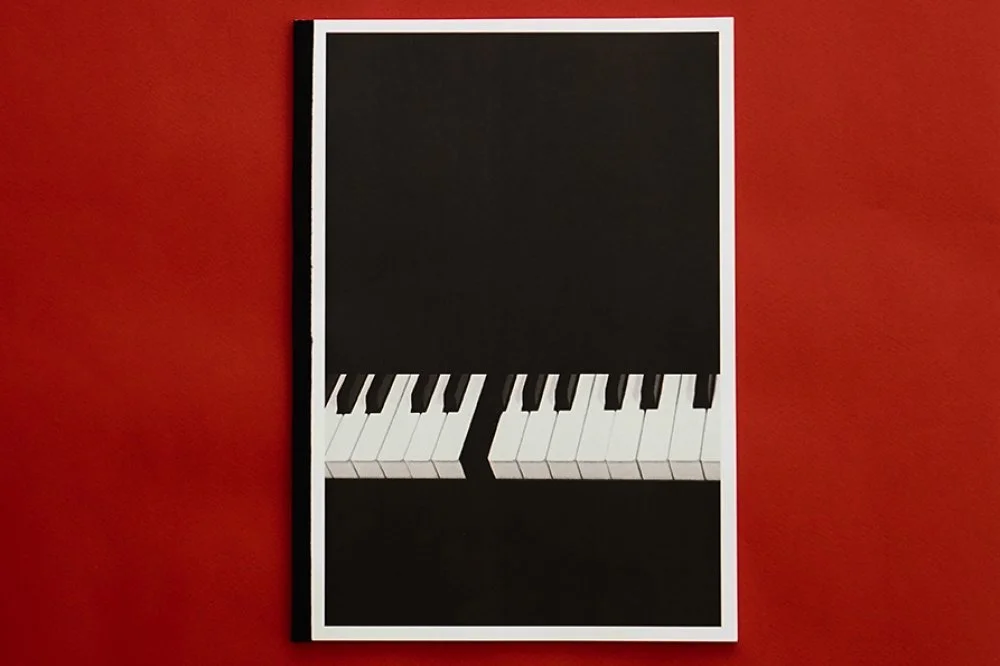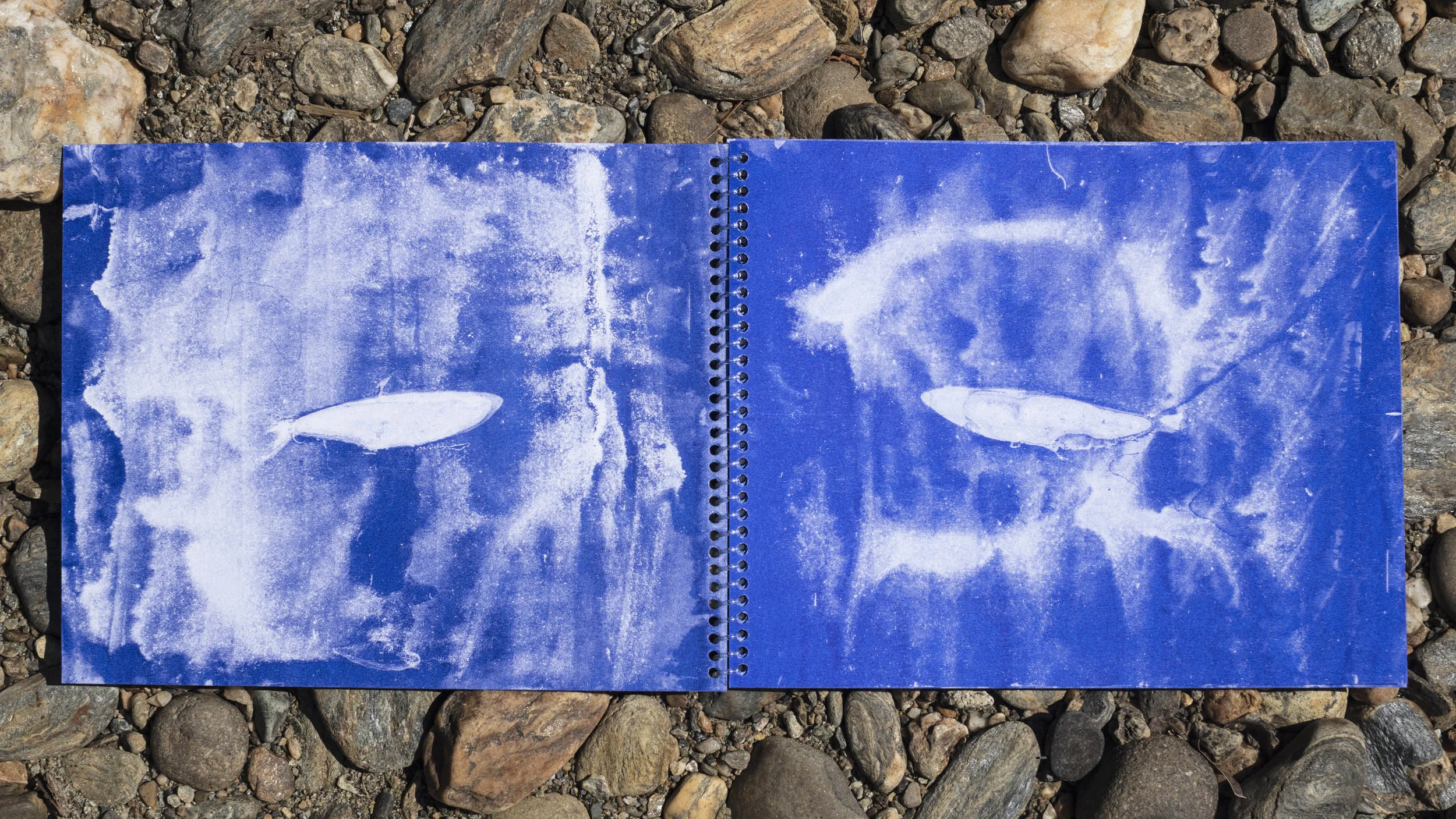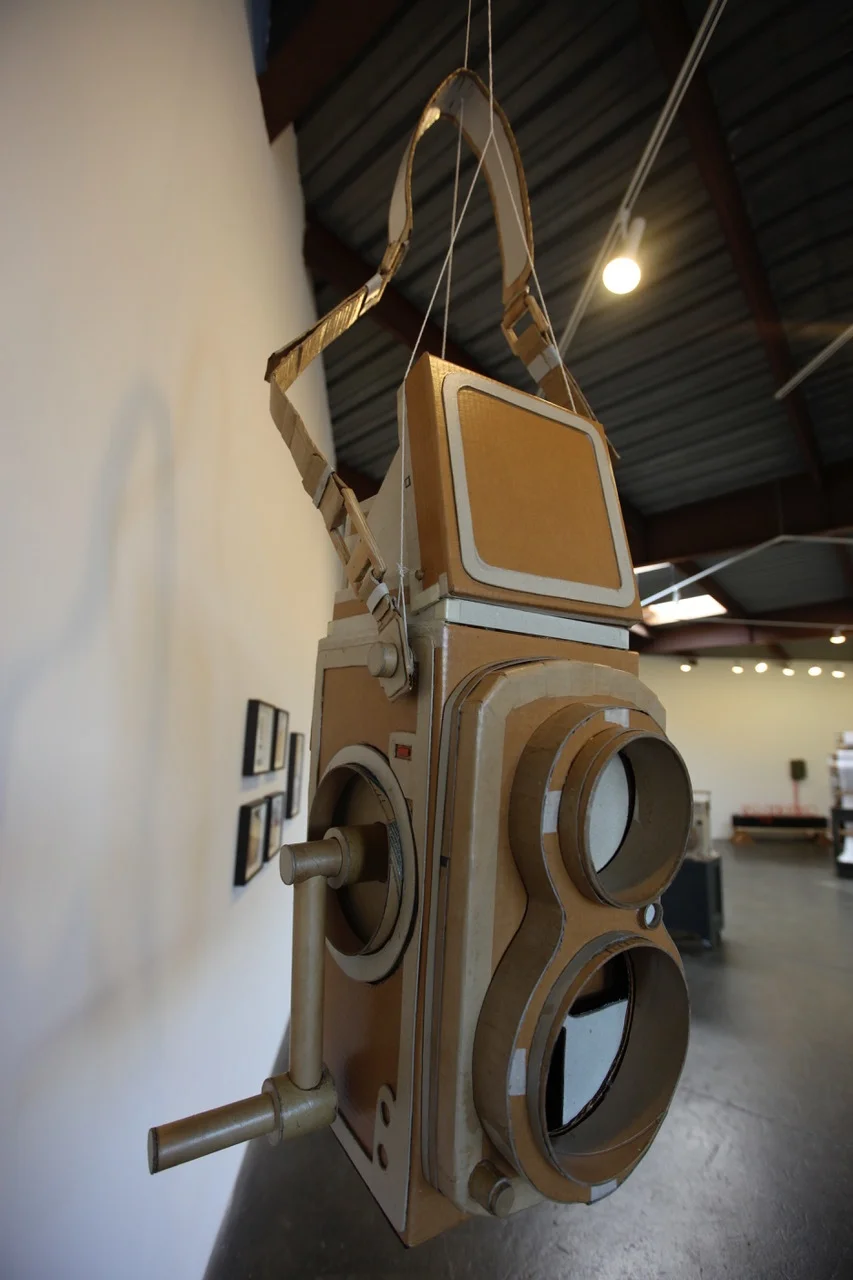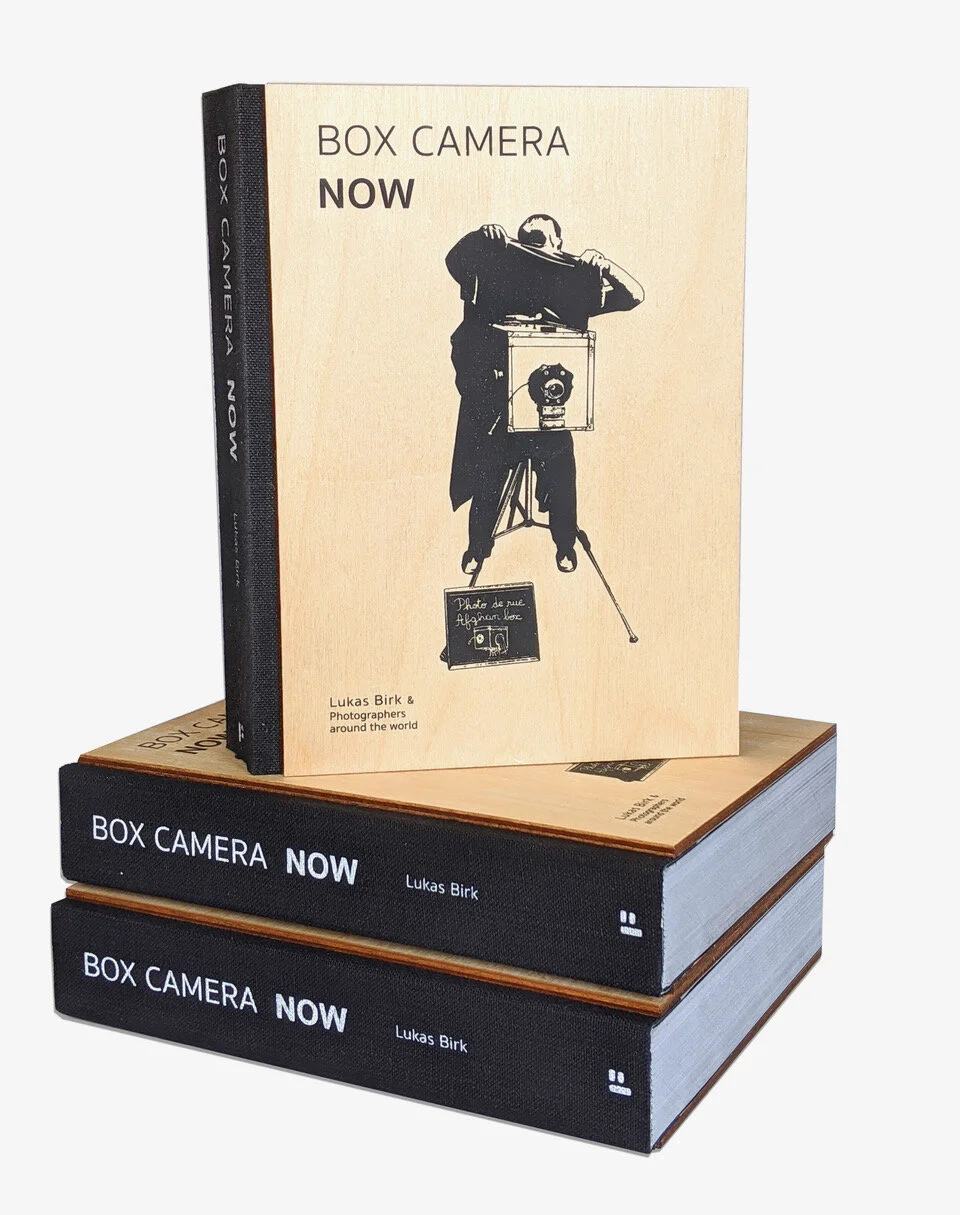Every month an exclusive edition run of a photograph by an artist featured in Don't Take Pictures magazine is made available for sale. Each image is printed by the artist, signed, numbered, and priced below $200.
We believe in the power of affordable art, and we believe in helping artists sustain their careers. The full amount of the sale goes to the artist.
We are pleased to release August's print, Berlin View from Stephanie Jung. Read more about Jung's work below.
Purchase this print and from our print sale page.
Berlin View
6 x 9", signed and numbered, edition of 5
Archival pigment print
$110
We look at the city, but we cannot see the city. It shimmers and shifts, incapable of being fully seen or understood. Its daily bustle is an impossible tangle of relationships, creating an energy that is unique to each location and time of day. Stephanie Jung walks through this city, making photographs that capture its complexity and vitality. She accentuates these qualities with dizzying digital manipulations, making each image a jumble of buildings and streets. From this confusion we are rewarded with a new view of time, of mood, and of the city’s complexity.
Postdamer Platz
Growing up in a small town in south-west Germany, Jung learned the craft of photography from her father, an avid amateur. Now living in Berlin as a freelance photographer, she revels in the opportunity to travel around the world in furtherance of her art. Camera in hand, she walks through each city that she visits, waiting to find the right moment, the right light, and the right atmosphere. Jung’s images are unplanned, but never haphazard. She usually finds what she is looking for in the warm tones of evening: a view, a lonely side street at dusk, a sidewalk crowded with pedestrians. Her earlier works were of flowers and nature, but these have since given way to a purely urban focus. Her distinctive digital post-processing technique is at once delicate and aggressive, carefully layering duplicates and subtle shifts of perspective upon the image. Despite its striking impact, this process is less demanding than her pursuit of the right moment.
In “Potsdamer Platz,” the skyline and the buildings that define it blend into one another, distinct yet impossibly interwoven. Cars, buildings, and pedestrians pass through each other in the late afternoon traffic. Similarly, in “Shibuya,” the photograph depicts the famous bustling energy of Hachikō Square as no other still image can. The throngs of pedestrians and garish advertisements mesh in and out of one another. Many photographers, amateurs and professionals alike, have sought to depict the energy of this famous Tokyo landmark. Such photographs, no matter how skillfully made, freeze the buildings and passers-by in place and time. In each attempt, there are a fixed number of people crossing the street, forever frozen mid-stride, waiting to be counted and measured. Jung’s “Shibuya” denies us this satisfaction, forcing us to instead confront the impossibly complex world as she sees it.
Though alive with urban energy, Jung’s images themselves are of ordinary street life and daily routines, devoid of specific interactions or stories. In these images, the city’s own identity is secondary. Her photographs build no relationships with their subjects, leaving the cities unaware of and indifferent to her camera. Jung savors this urban anonymity, harnessing it to show the collective mood of the moment. To more directly engage her subject would taint the ephemeral qualities that she seeks to capture.
Shibuya
The purest form of Jung’s craft is found in her series Maigo desu. This collection of five images is the most visually troubling to the ordered and structured parts of the mind, but it is where Jung’s visual layers find the most freedom. The series presents Tokyo’s urban landscape unadulterated by nature, humans, or even a horizon. Buildings and roads pile atop one another, weaving together ad infinitum. The title roughly translates from the Japanese as “to get lost,” and it is easy to see how Jung or her audience could lose themselves in the interminable sea of buildings. The result is a powerful series of semi-abstract cityscapes.
We often think of photography as a medium that reduces the complexity of the world, pulling clarity from chaos. Jung proves that the reverse is equally possible. The urban scenes that she photographs are too mercurial and inchoate to be distilled into in a fraction of a second. Recognizing the futility of the freezeframe, Jung moves in the opposite direction, destroying visual clarity in pursuit of something greater. Through digital manipulation, she reminds us that there is more to a moment than can be captured in a simple photograph, or ever fully known at all. Her chaotic layers and distortions forsake lucidity, permitting the mood and character of the scene to scintillate from behind its veil of abstraction.
Maigo Desu
One might argue that Jung’s work is difficult to look at. The clean lines and sharp edges of modernity are made indistinct. It is not that they have blurred or faded away, but rather that they appear so multitudinous that we are overwhelmed by the resultant visual noise. Faces, cars, the text of street signs, even the leaves on trees, lose their distinctness in the tumult. It is not that we cannot see them—they have been repeated again and again—but rather that they are too interwoven for the mind to fully process. In this chaos, the things themselves cease to matter as discrete objects or individuals. When we stop fighting the urge to see clearly, the ambient energy comes more fully into view, extracted from the confusion. By letting the details slip away, the harsh meter of time fades from each photograph.
Some photographers challenge the notion of “the decisive moment” in photography by making images that capture moments of no particular significance. One can debate the decisiveness of Jung’s scenes, but her talent lies in her pursuit the opposite tack: making images that seem to blur one moment into the next until the sharpness of the shutter’s eye is completely lost. We are left instead with the mood of a late afternoon in Paris, or the rush hour traffic in Berlin, or the electric glow of Tokyo’s lights in the early evening. The focus remains undisturbed, but the moment is prolonged past the point of recognition. Rather than isolate a fleeting moment, Jung reminds us that all moments are fleeting, and that a moment, and the mood that accompanies it, blurs with the next until we can no longer tell when one begins and another ends.
This article first appeared in Issue 4.
W.G. Beecher is an Editor for Don’t Take Pictures. He lives in the dense urbanism of New York.






































